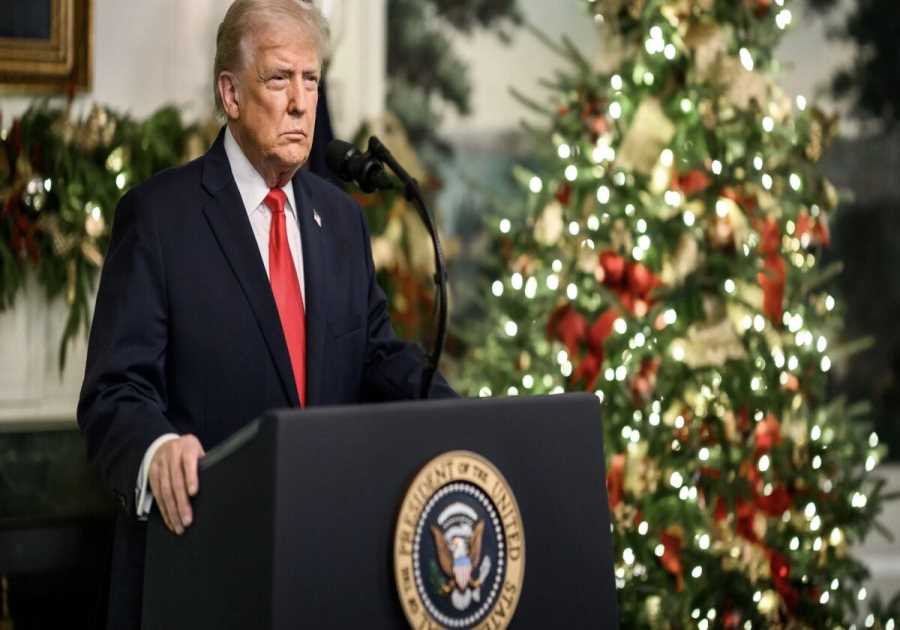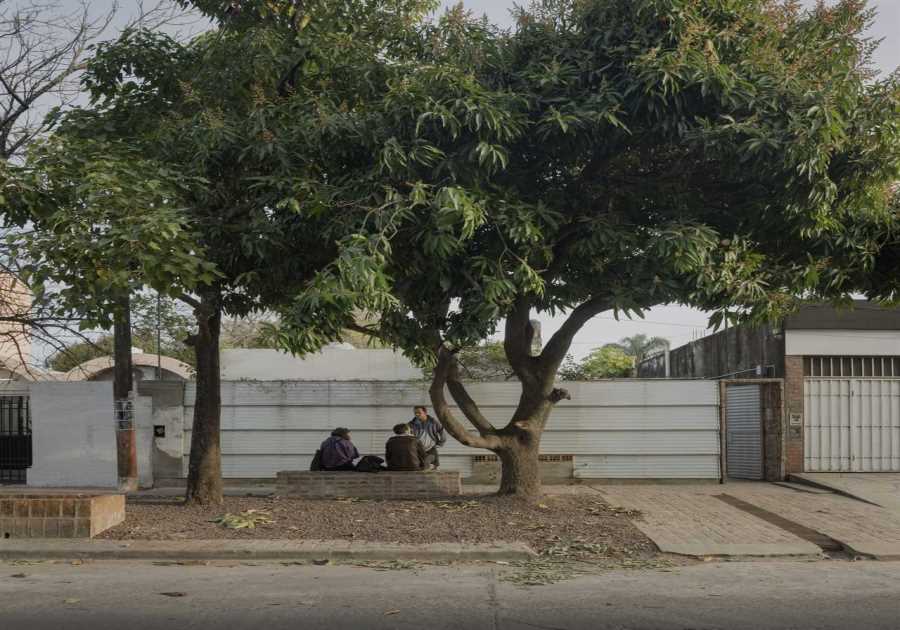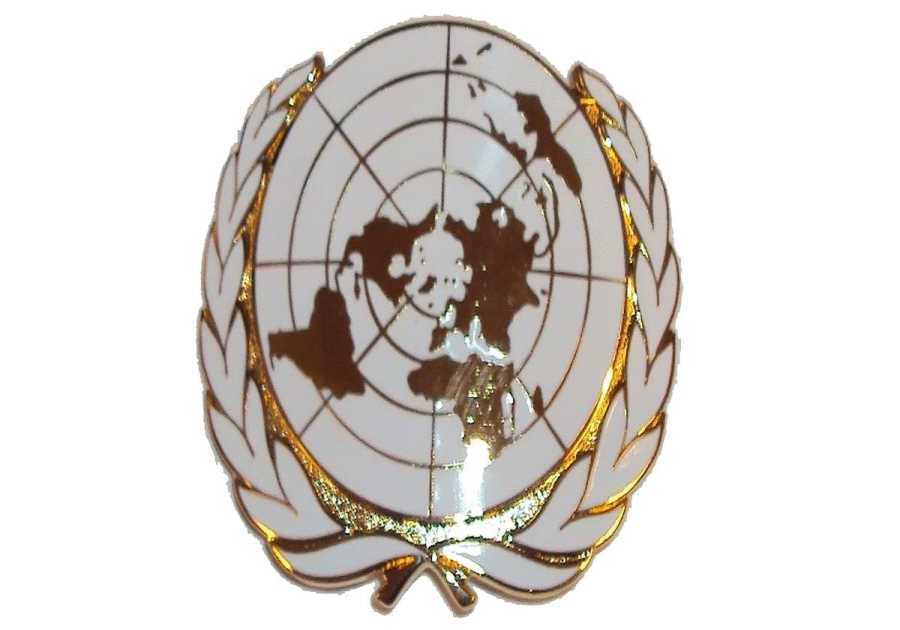Henry Nicholls/Reuters
- Adam Driver asked NASA how it would save Earth from an incoming asteroid.
- No city-killer asteroids are known to be a threat to Earth, but NASA hasn't catalogued all of them.
- NASA space missions have landed on one asteroid and crashed into another, to practice deflecting it.
Adam Driver sat down with NASA to talk about avoiding an asteroid apocalypse.
The actor is launching a new film, called "65," where he plays a space pilot who crash-lands on Earth at the end of the Cretaceous period 65 million years ago, then discovers the approach of the asteroid which drove dinosaurs' extinction.
"What if we found out that an asteroid like this were going to hit our planet today?" Driver asked in a video NASA posted last week.
Don't worry about such a large asteroid — an extinction-level space rock — approaching Earth anytime soon, NASA astronomer Kelly Fast was quick to clarify.
"Those large ones, most of them have been found. They're easier to spot. There are fewer of them," Fast, who manages NASA's near-Earth object observations, said in the video. "But there are asteroids still left to be found that aren't that large, but still are of a size that could do damage should they impact."
Specifically, NASA is on the hunt for asteroids larger than 140 meters (460 feet) wide. Those are big enough to flatten a city. Congress had mandated that NASA identify and track 90% of those city-killers, to ensure their orbits aren't taking them on a collision course with Earth.
"If an asteroid were discovered that were going to impact Earth, NASA's role would be to inform planning, to give information about the asteroid, about where the impact would happen, about what the effects might be," Fast said.
The agency also has the ability to intervene and push such an asteroid away from our planet. Three NASA missions are filling the planetary-defense toolbelt.
NASA can slam an asteroid with a spacecraft — and it already did
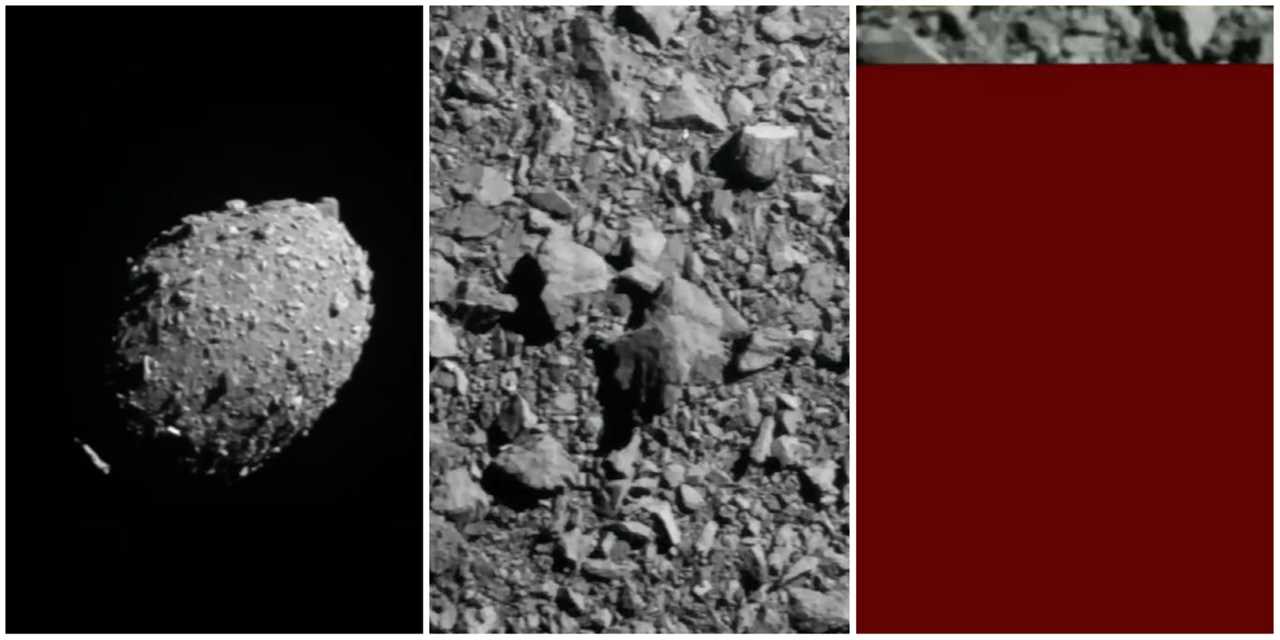
NASA Live
Driver's next question was about NASA's Double Asteroid Redirection Test (DART), which slammed a spacecraft into an asteroid called Dimorphos last year, to see if that push could change its orbit around a larger asteroid.
It was a test of NASA's simplest option for a deadly asteroid: With enough years' notice, a probe could give the space rock enough of a nudge to change its orbit around the sun and take it off its collision course with Earth.
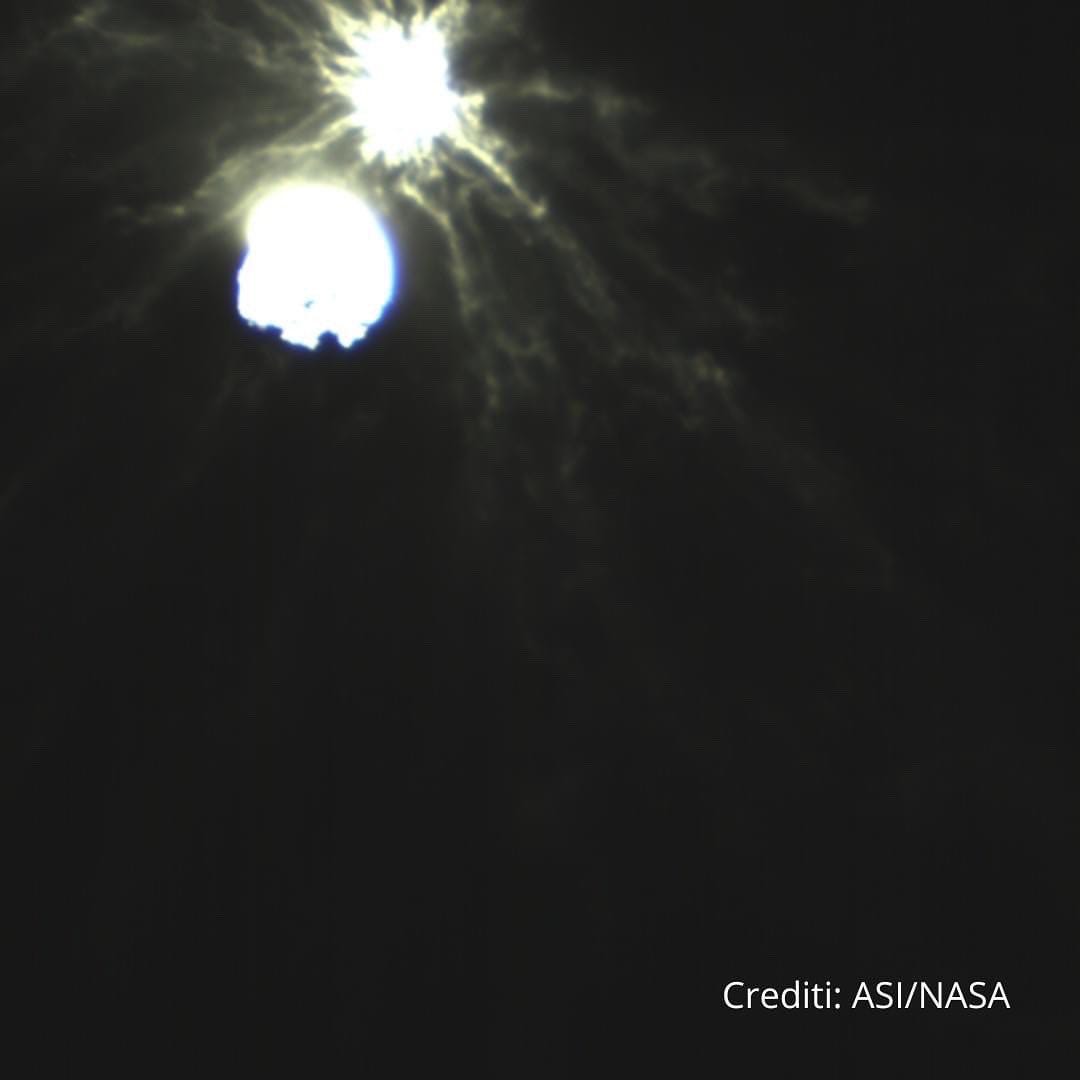
ASI/NASA
"Would that work? Could that be an effective, uh, means of saving the planet from an asteroid?" Driver asked.
It worked when DART did it. The spacecraft's impact altered Dimorphos's orbit by 33 minutes, pushing it closer to its parent asteroid.
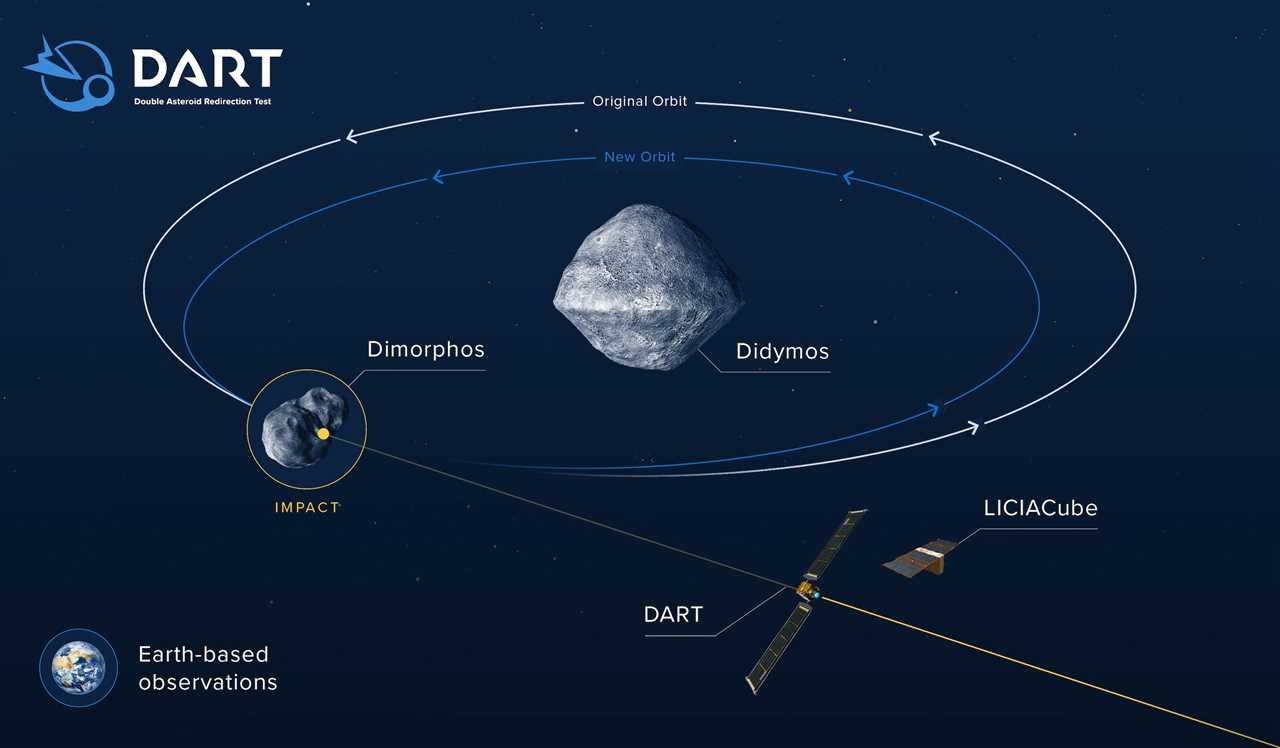
NASA/Johns Hopkins APL
Other options that scientists have pitched include shooting the asteroid with lasers, or launching a nuclear bomb at it. NASA hasn't tried either of those approaches.
"DART showed that we do have technology for diverting an asteroid in space, but there is still a lot left to be done," Fast said.
NASA is studying and tracking down near-Earth asteroids
Fast added that NASA's approach to any asteroid would depend on the asteroid's size and composition.
Another NASA mission, called Osiris-Rex, landed on the surface of an asteroid in 2020 and scooped up its rocky space dust.
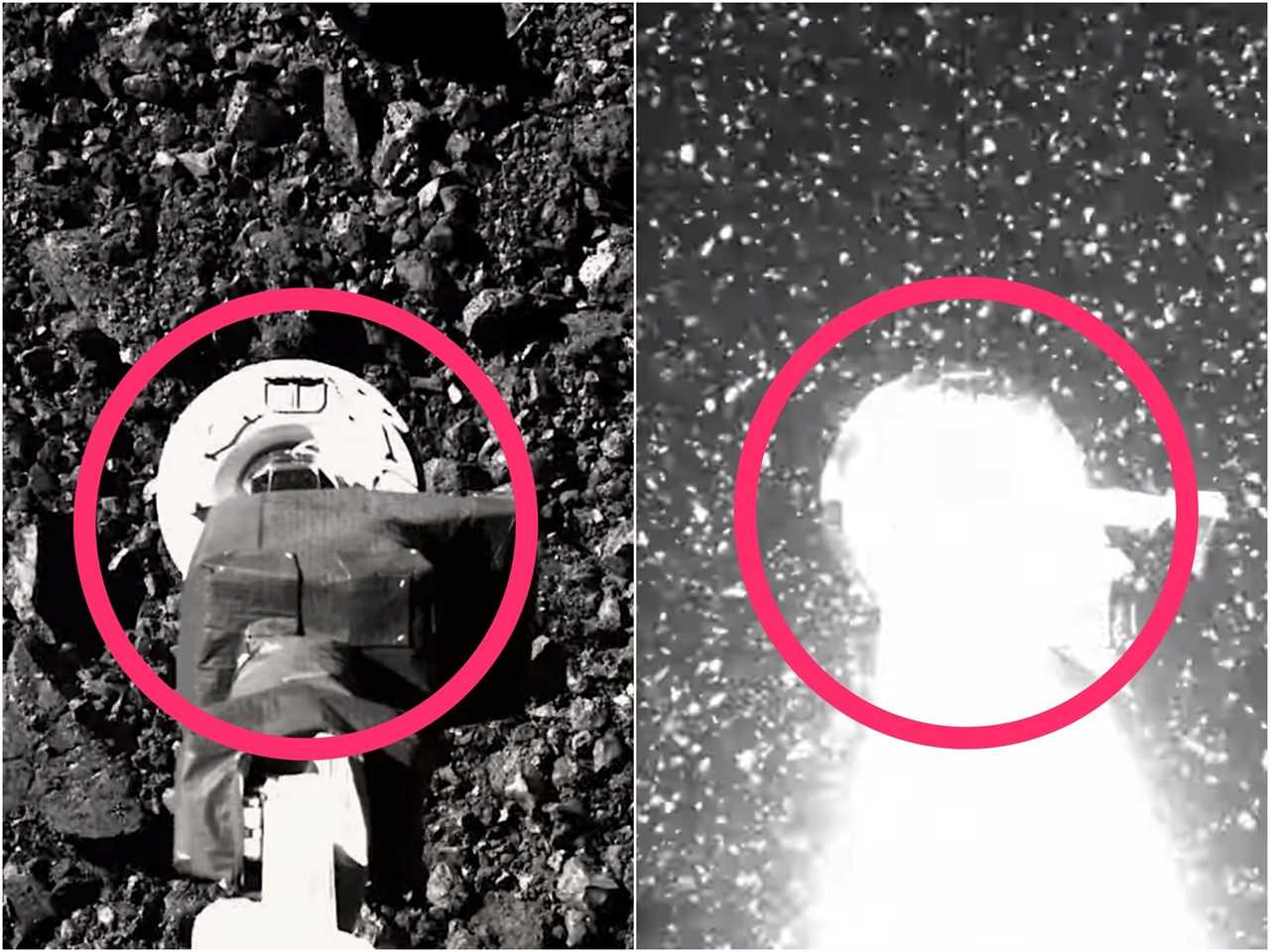
NASA/Goddard/University of Arizona
Those samples are set to return to Earth later this year, and they'll help scientists understand the composition of space rocks, and inform future study of any hazardous asteroids that may be discovered.
The third leg of NASA's asteroid-defense plan is a mission that Driver didn't ask about. It's a space telescope specifically designed for tracking down city-killer asteroids. It's called the Near-Earth Object Surveyor, or NEO Surveyor.
That mission would help NASA fulfill its Congressional mandate to catalogue those asteroids. That's crucial, because NASA has to discover any incoming asteroid years before it impacts Earth, so the agency has enough time to study it and make a plan.
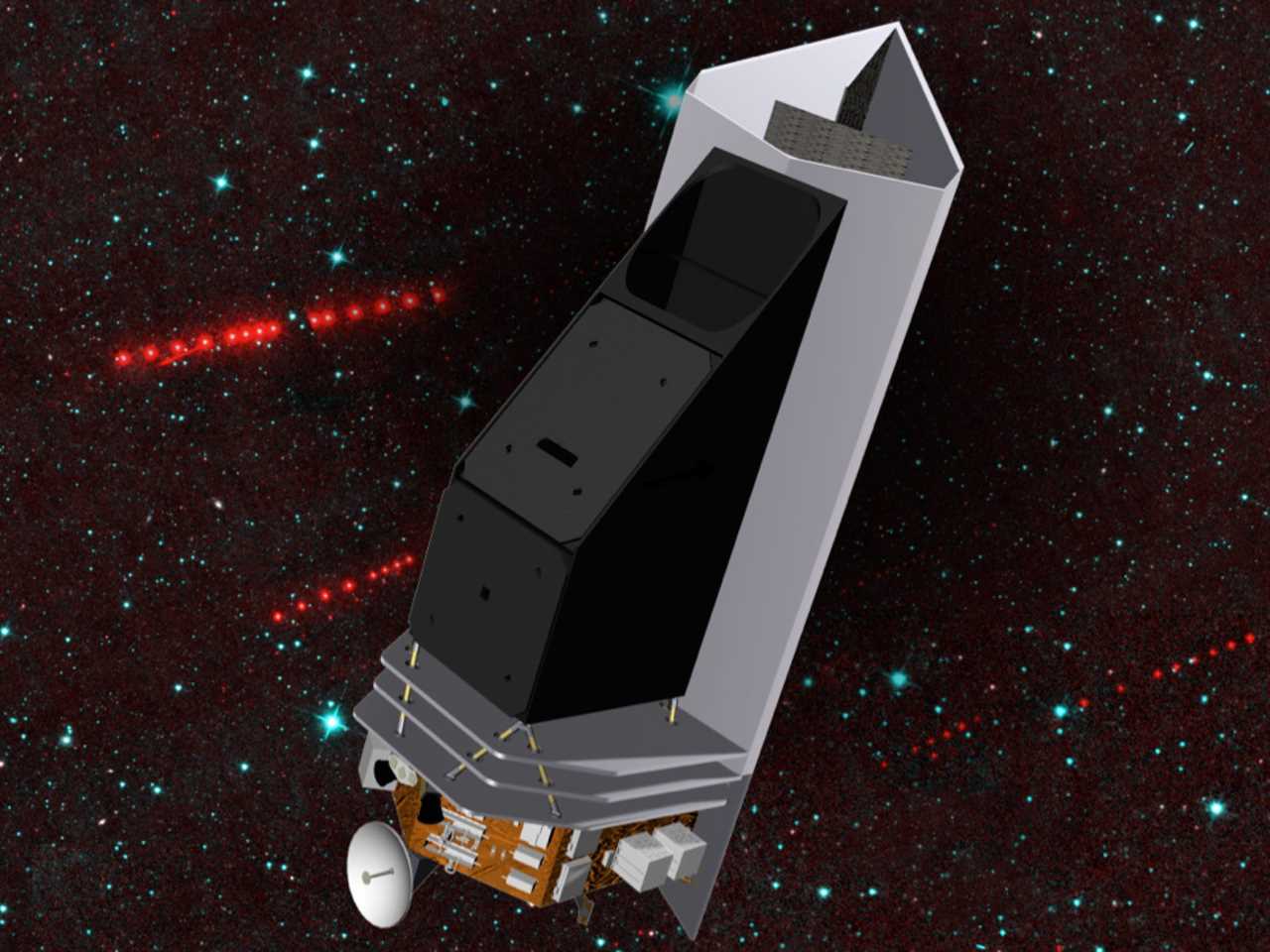
NASA/JPL-Caltech
The infrared telescope NEO Surveyor is currently in development, planned for launch in 2026.
Even though Driver and Fast didn't discuss that mission, the actor seemed impressed with NASA's efforts.
"Thank you for your work in keeping the planet safe from world-ending asteroids plummeting into our planet," Driver said.
Read More
By: [email protected] (Morgan McFall-Johnsen)
Title: Adam Driver asked NASA how it plans to save Earth from world-ending asteroids
Sourced From: www.businessinsider.com/adam-driver-asks-nasa-save-earth-from-world-ending-asteroids-2023-3
Published Date: Thu, 23 Mar 2023 20:21:40 +0000
Did you miss our previous article...
https://trendinginbusiness.business/business/ruijie-networks-empowers-businesses-to-thrive-in-the-digital-age
.png)

